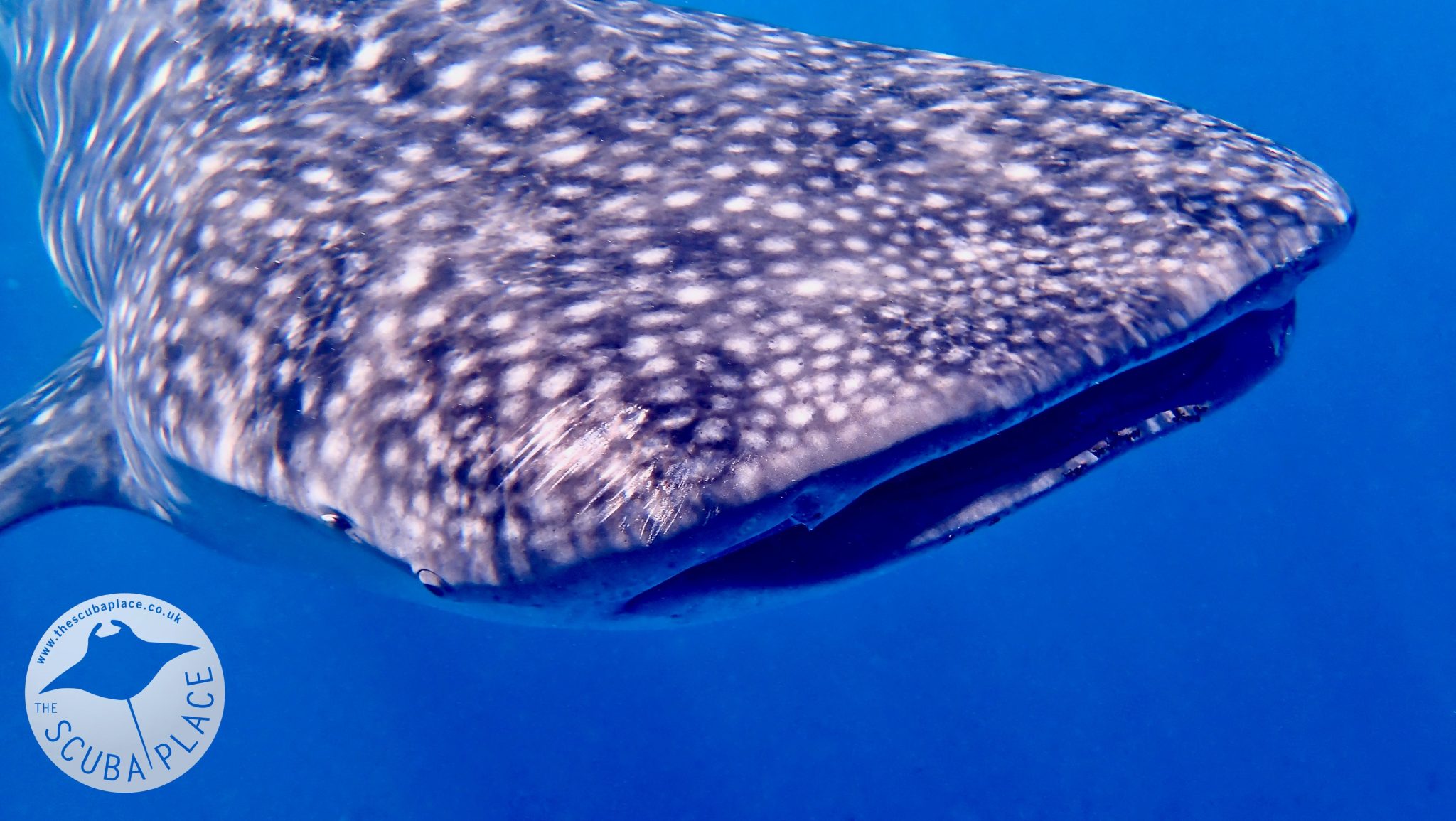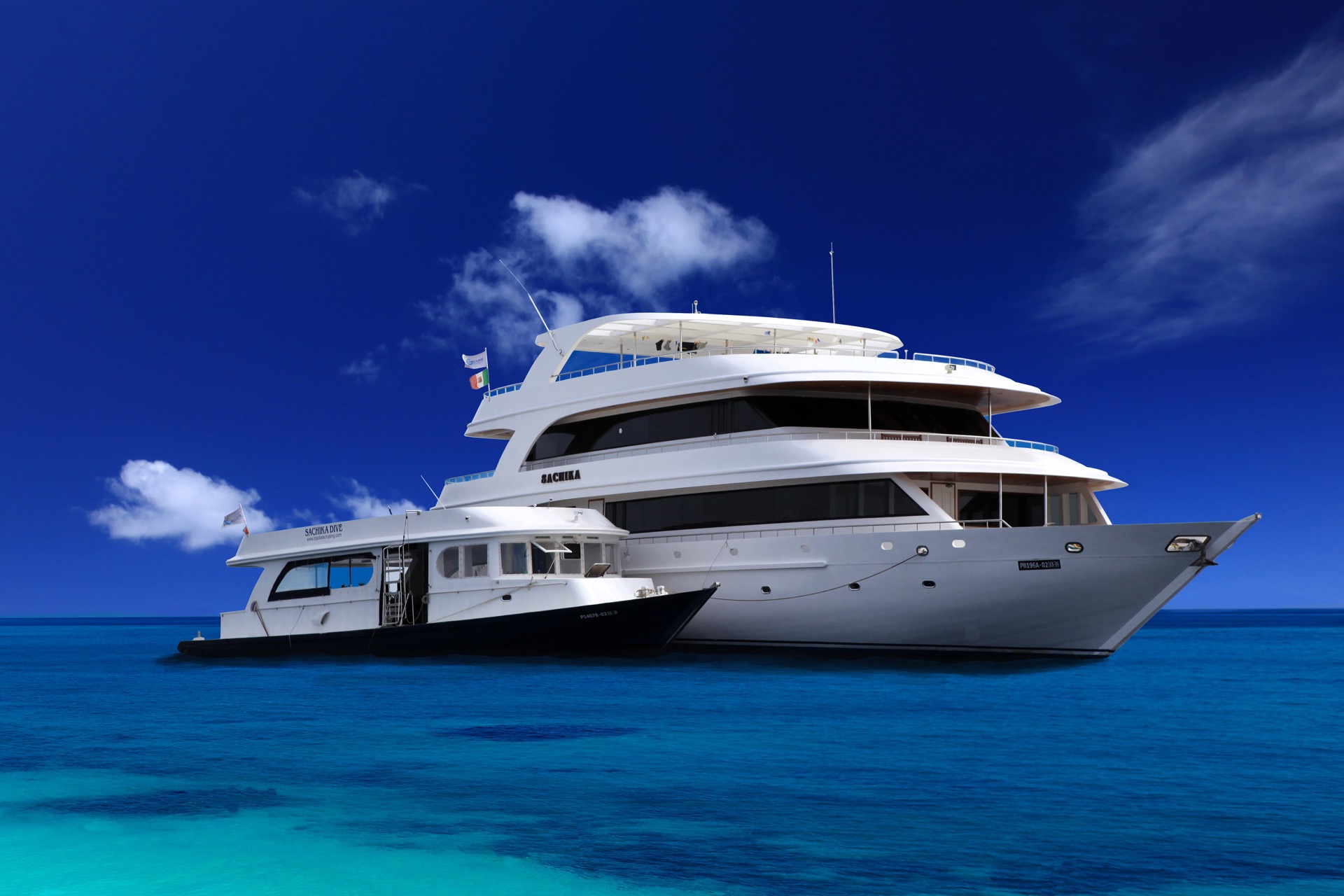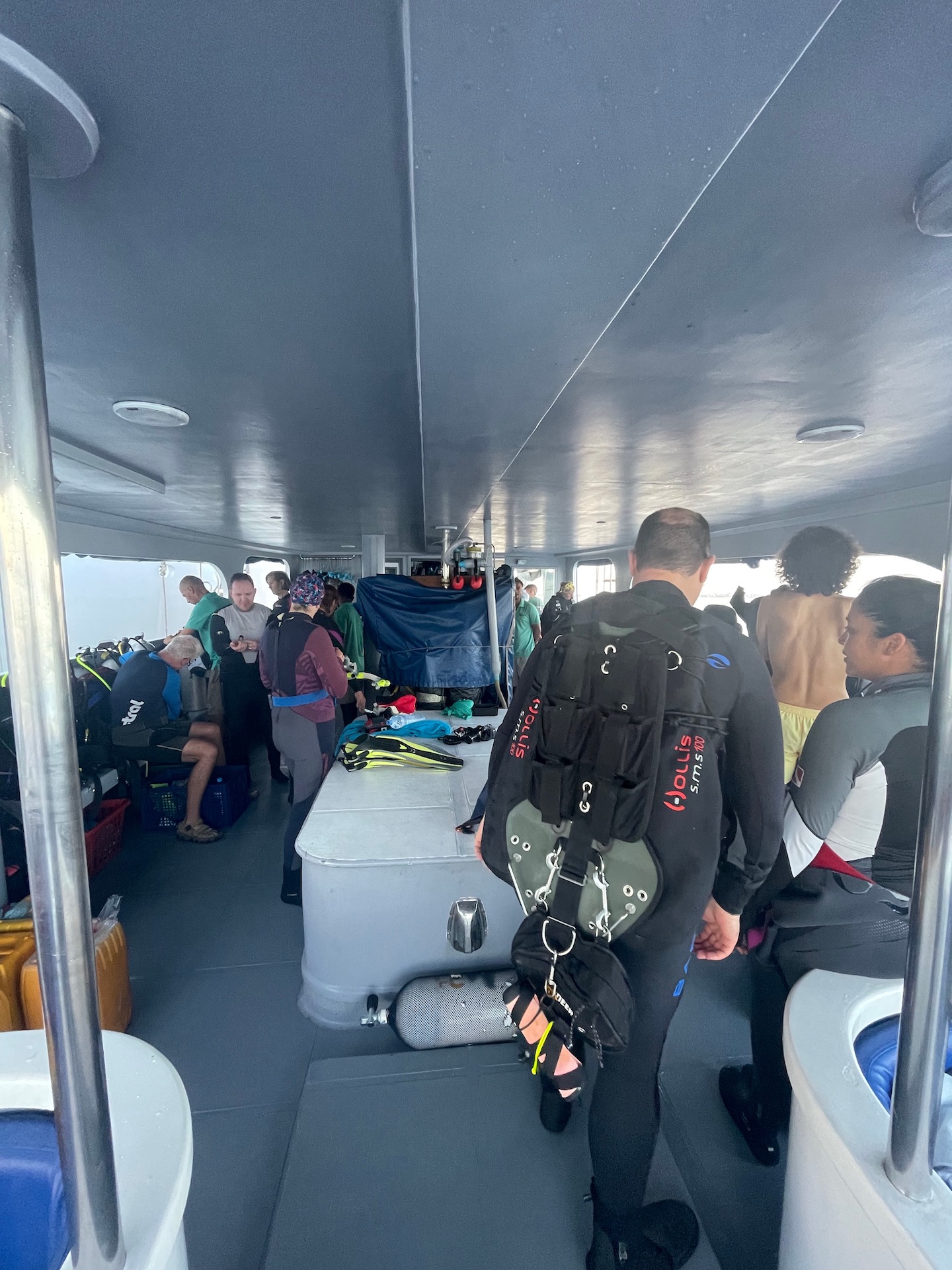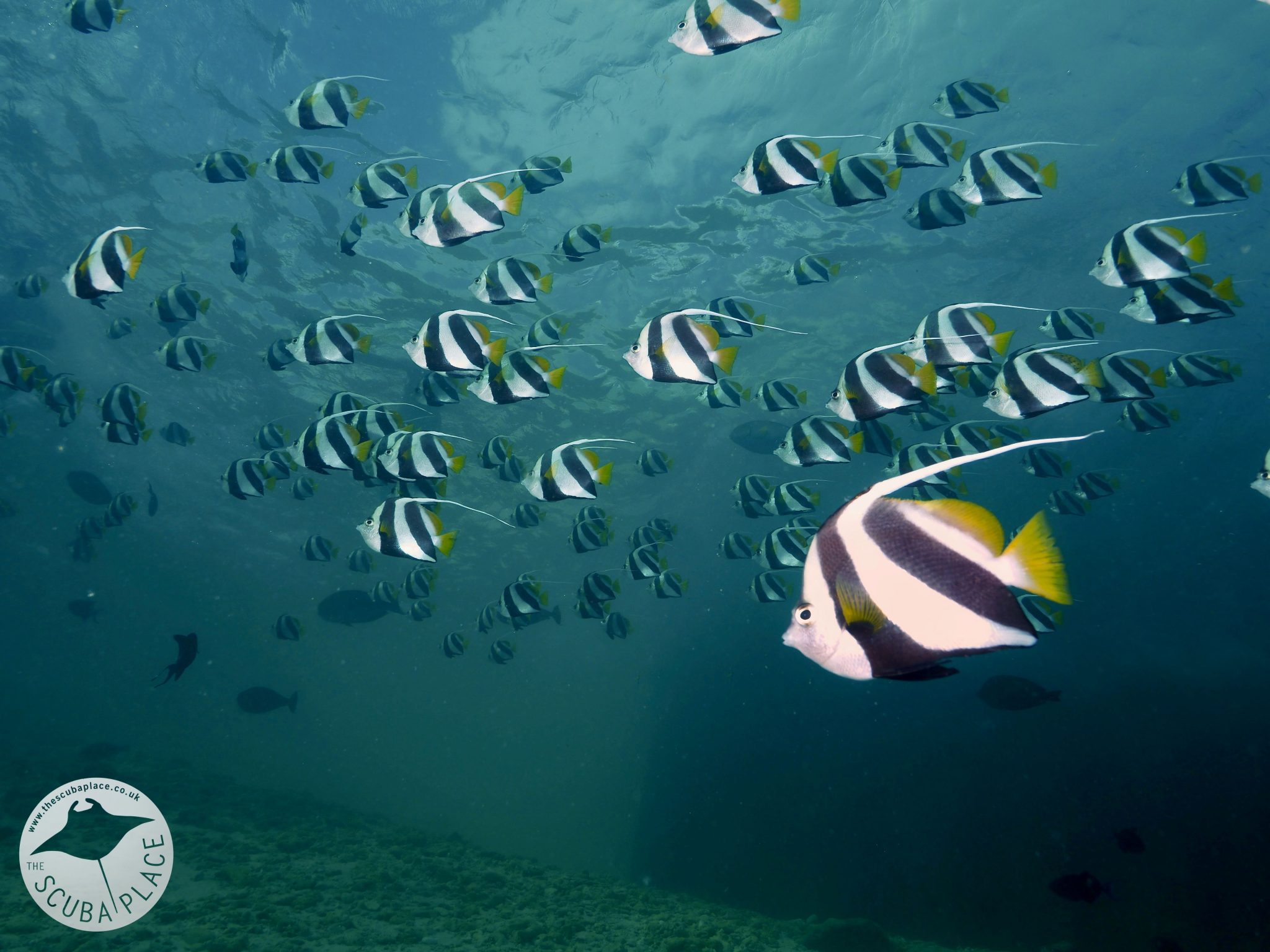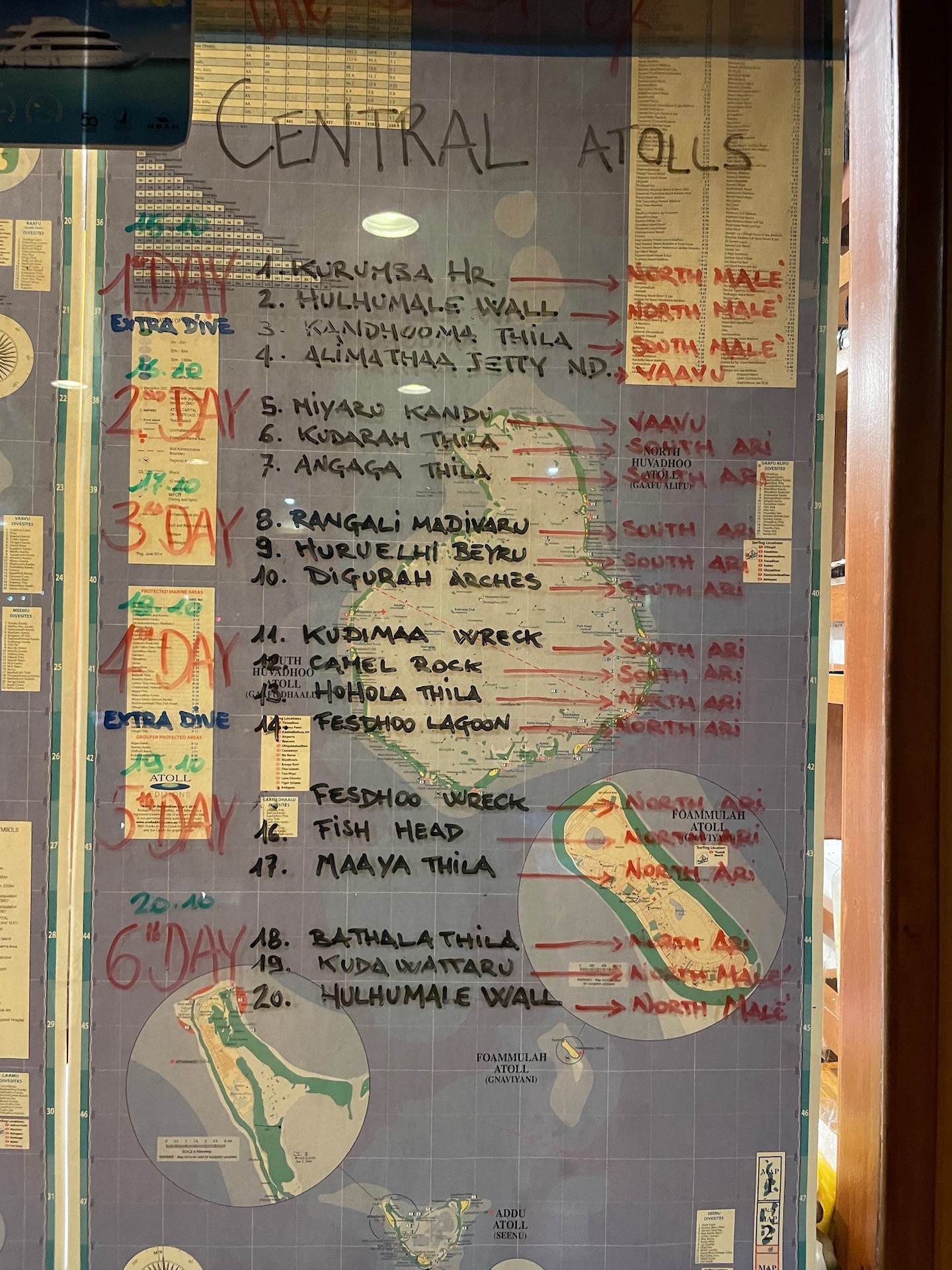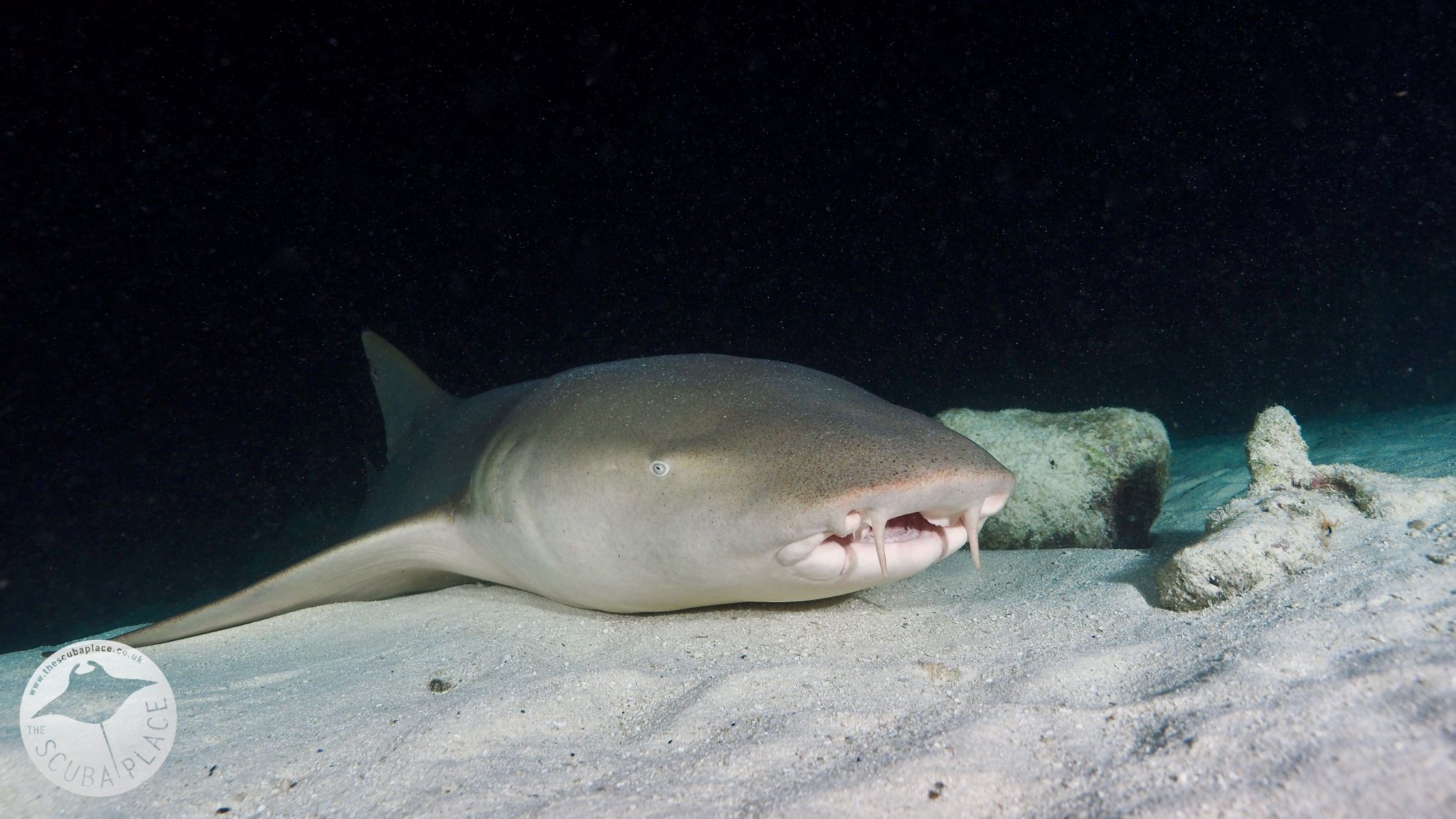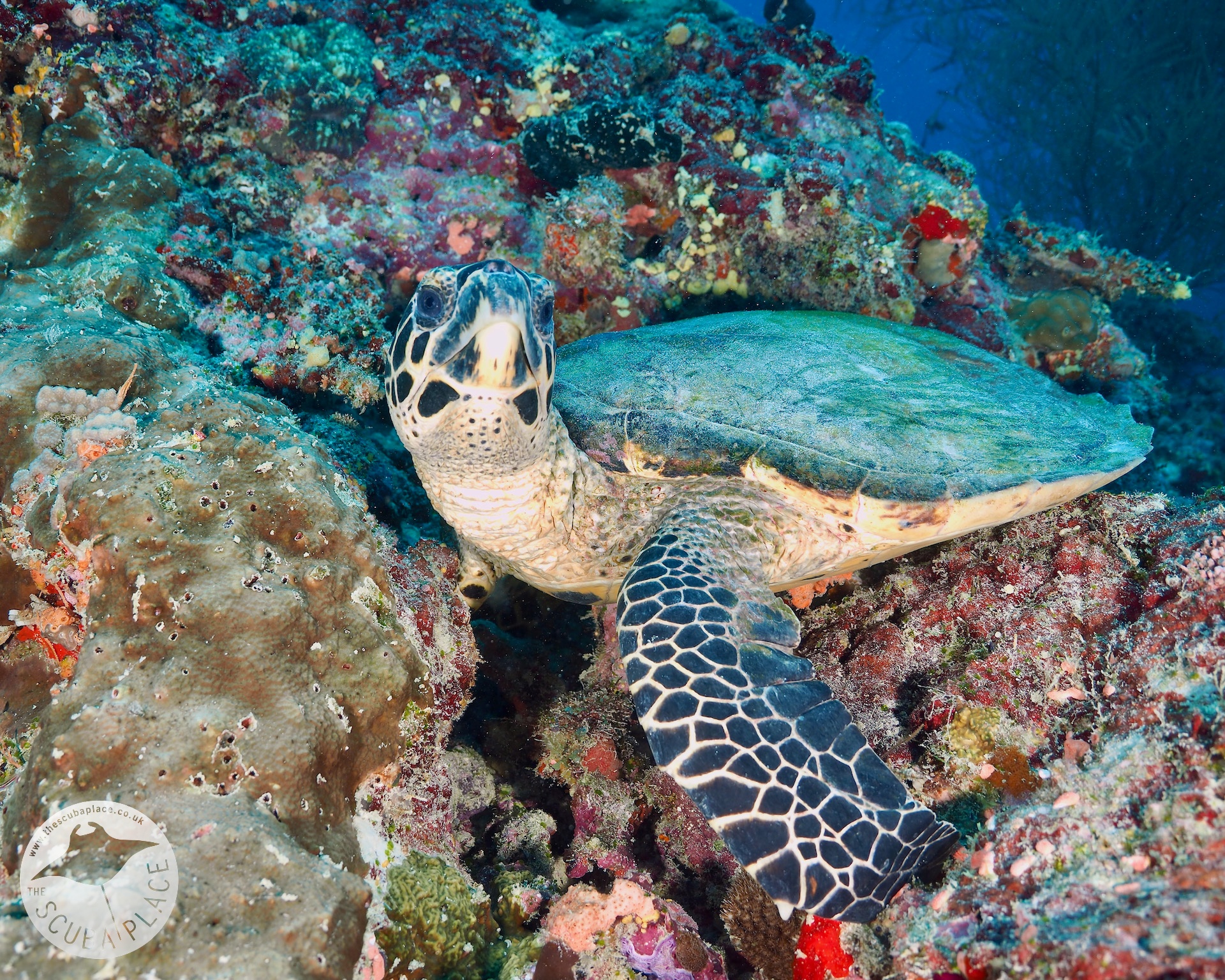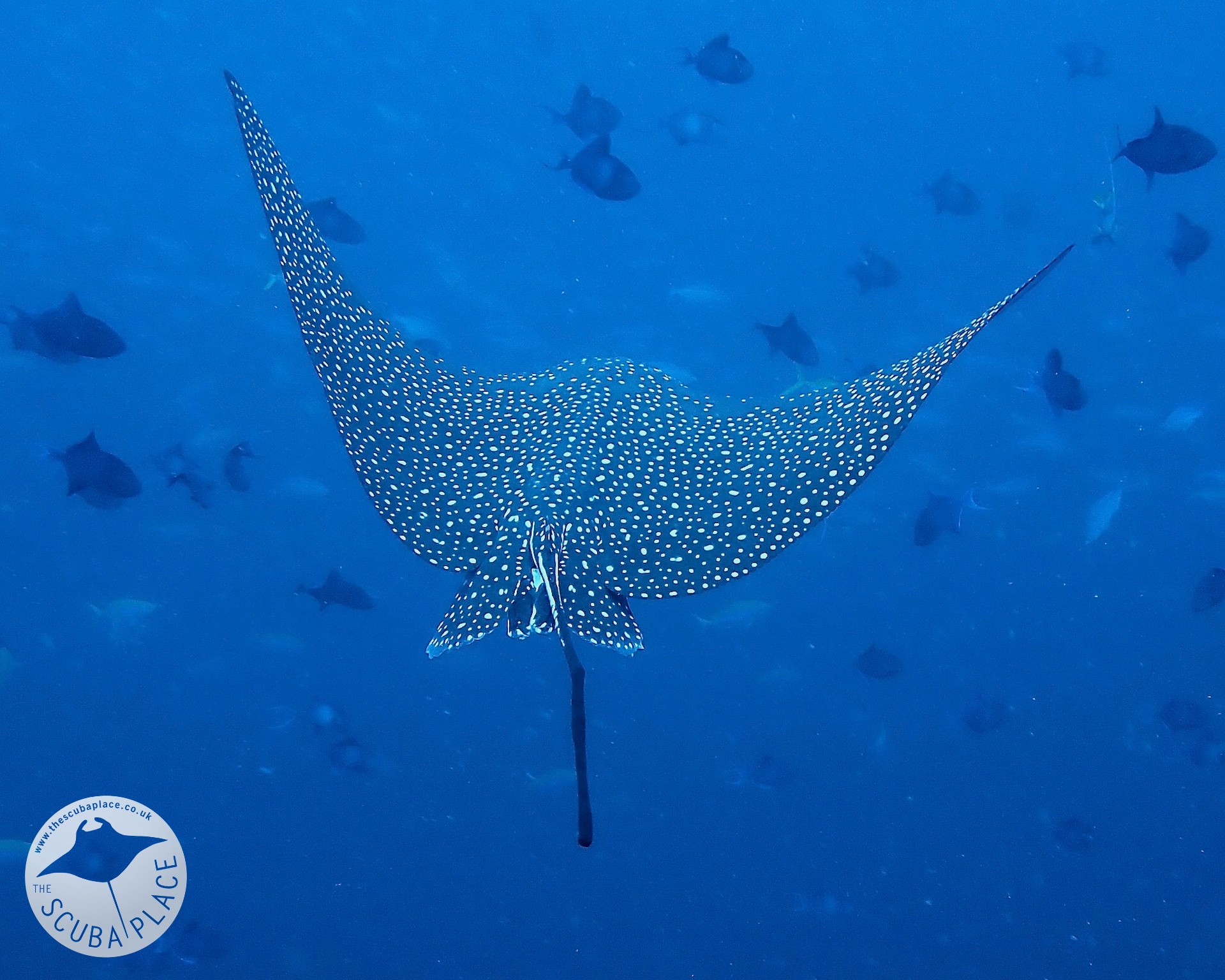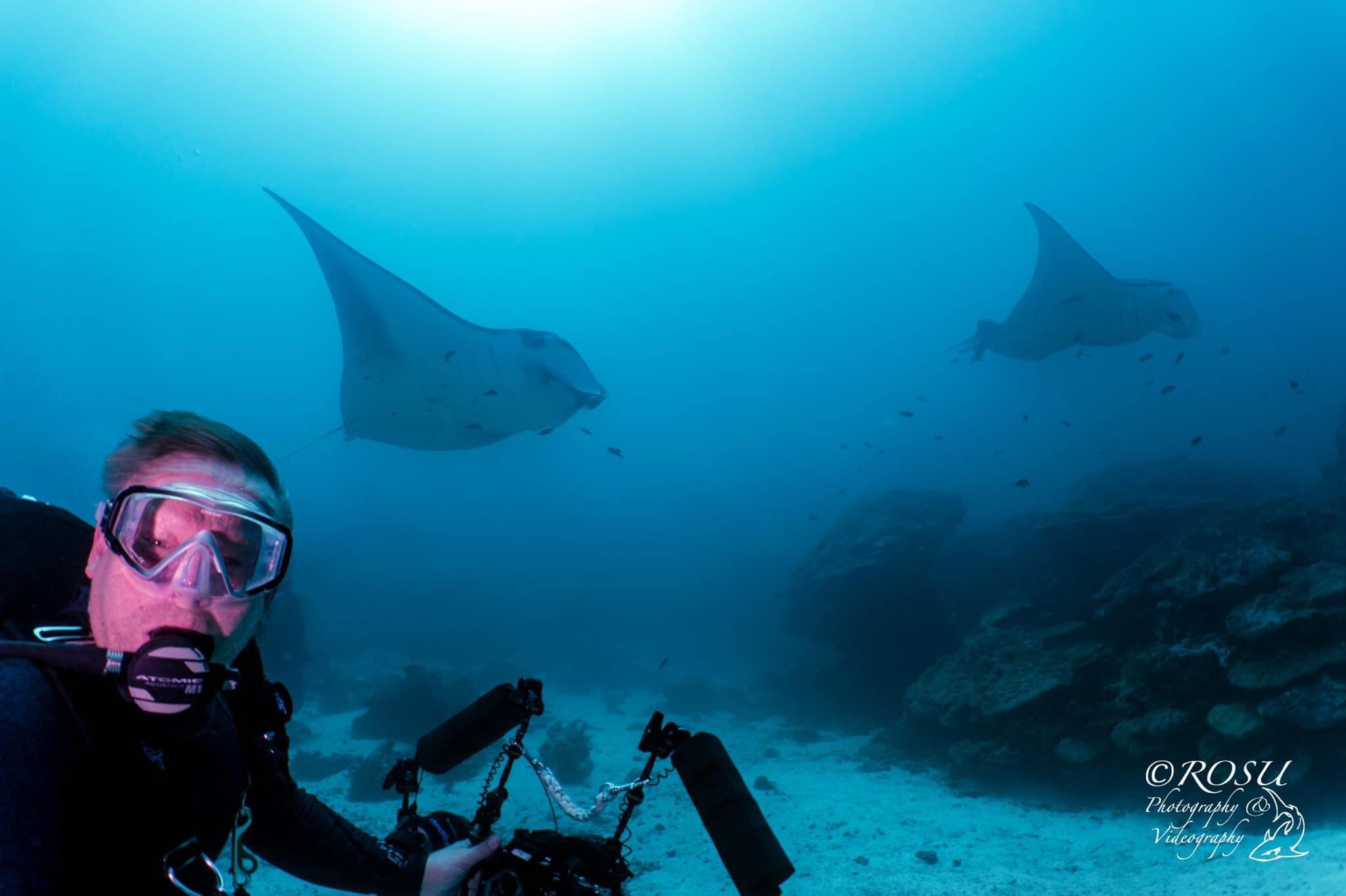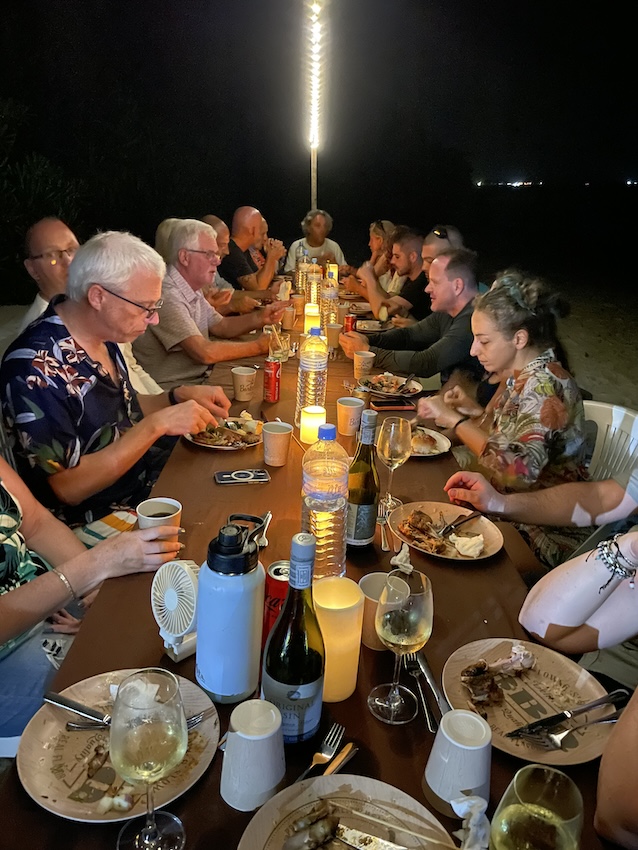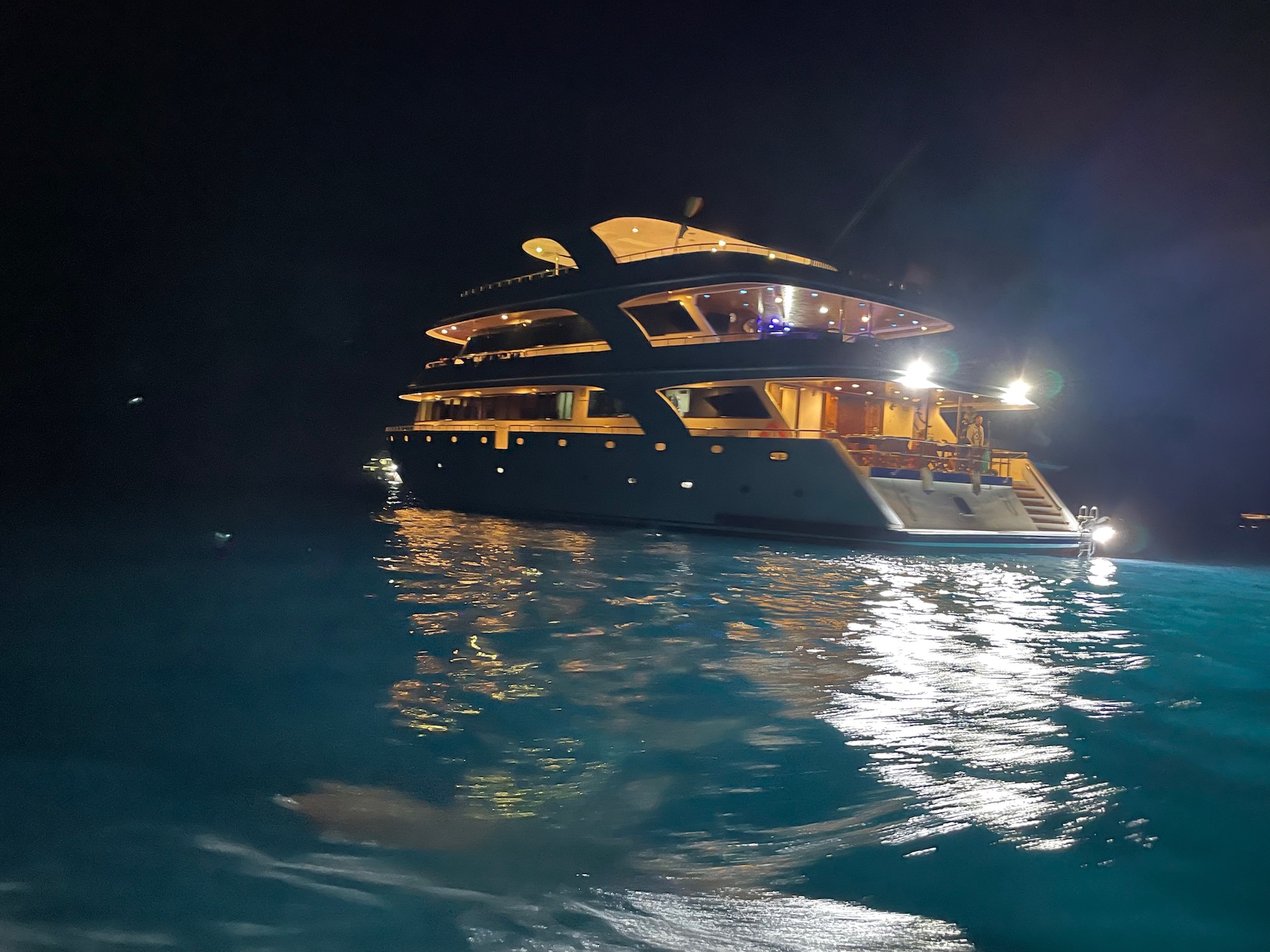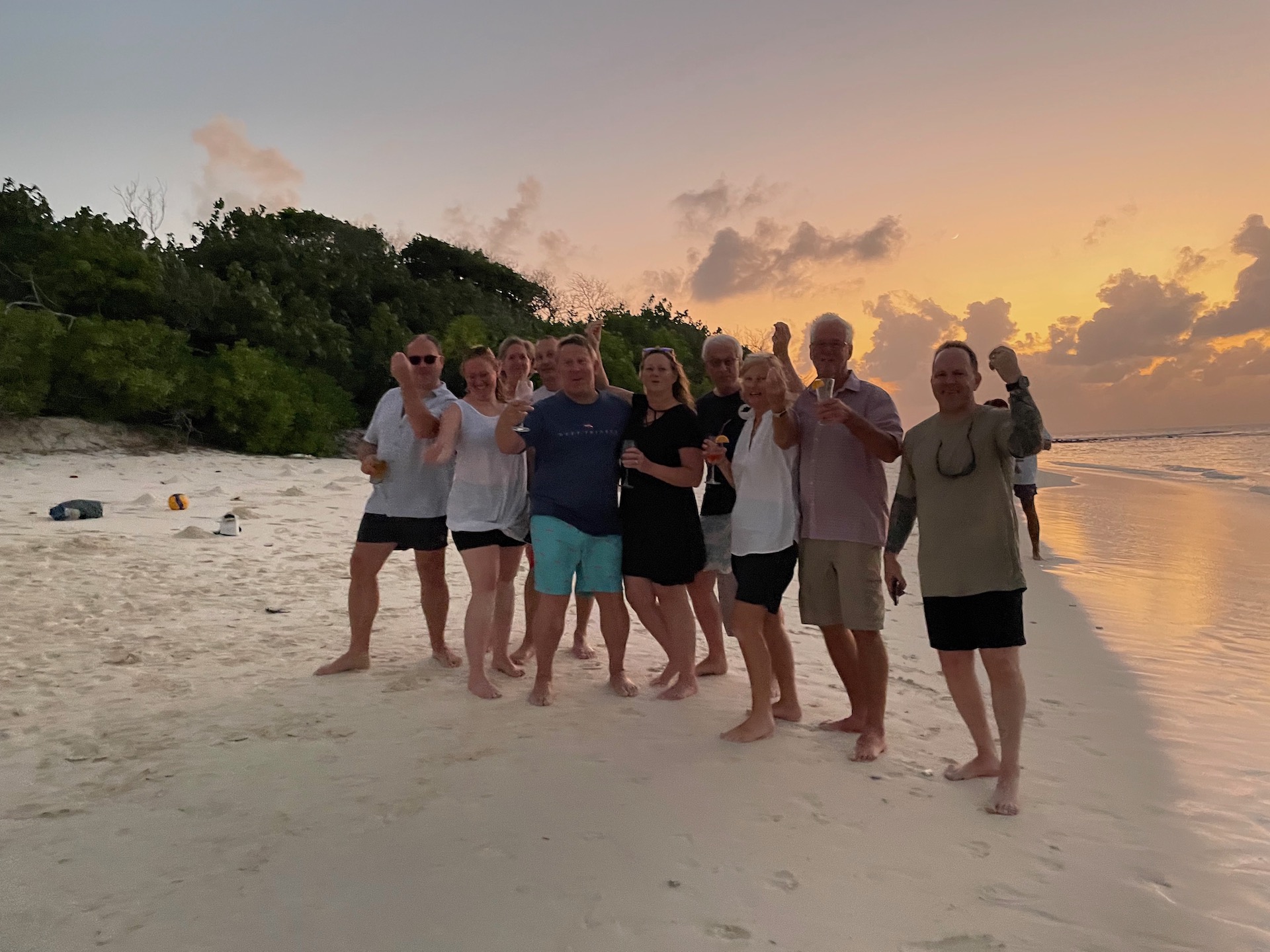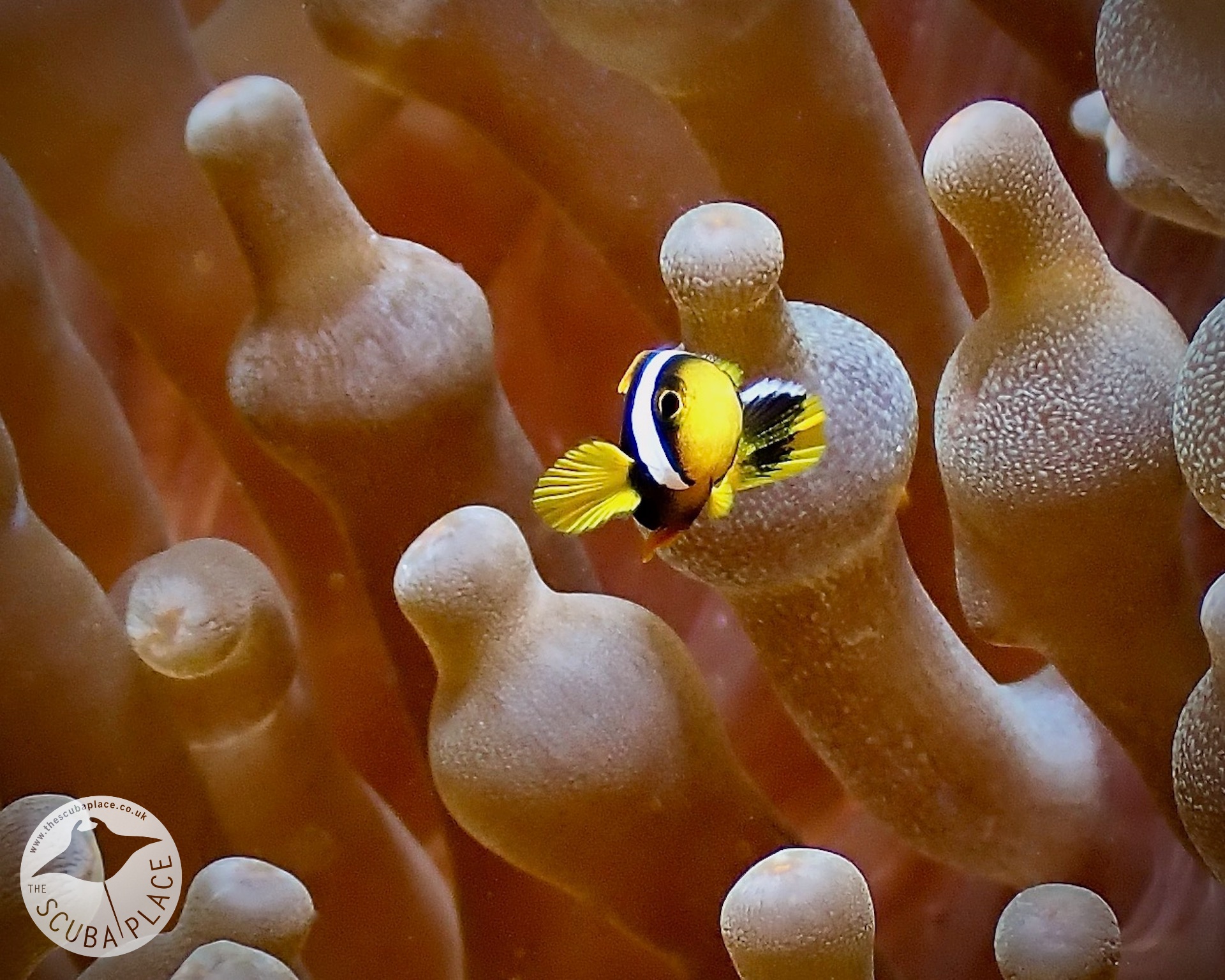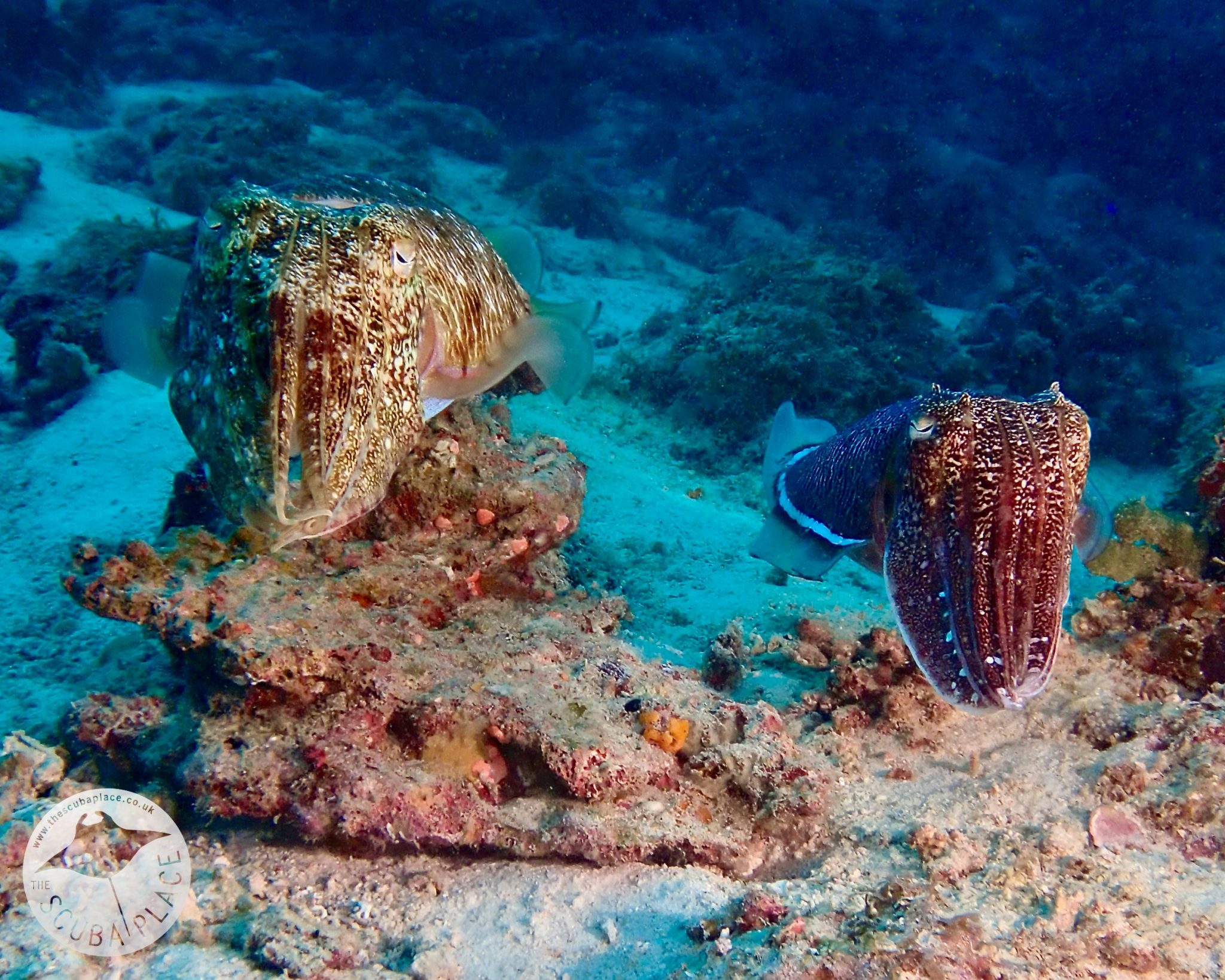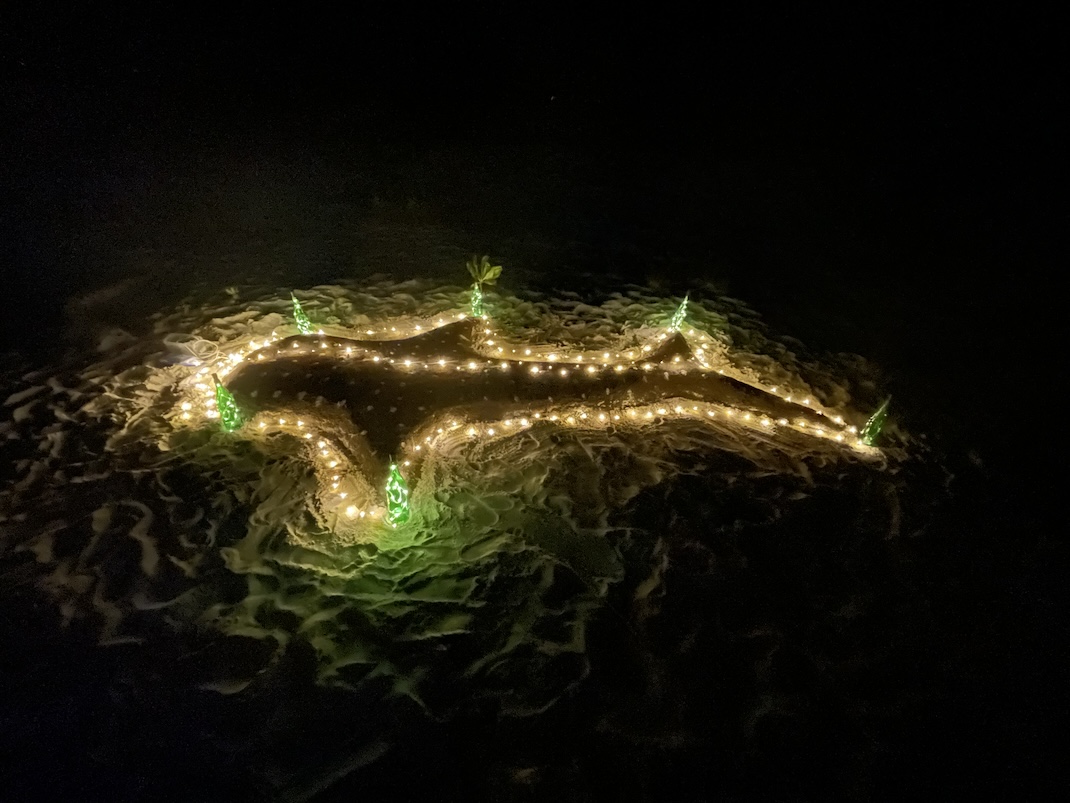Blogs
The Best Liveaboard Trip in the Maldives?
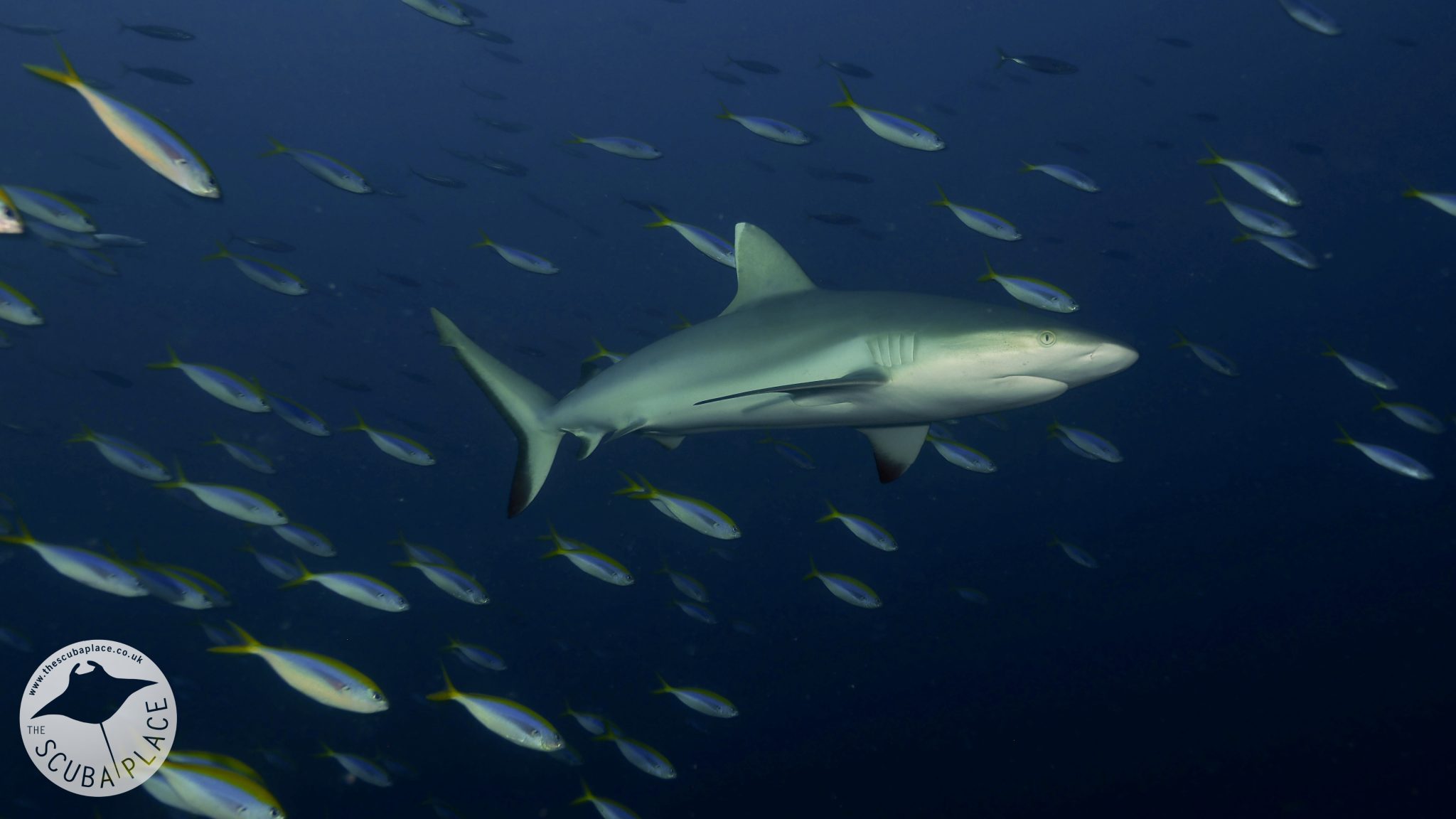
The Scuba Place recently hosted a group of divers in the Maldives. This trip report is all about their vote for the BEST Maldives Liveaboard and the BEST Itinerary.
It goes without saying that the Maldives is a bucket list destination for scuba divers, and it doesn’t take a genius to work out that the best way to experience the Maldives is by doing a liveaboard safari – from both the quality of diving and value for money.
There are numerous itineraries to choose from and these can differ in many ways, and some are the same but just called something different, which doesn’t really help the first-time Maldives diver make their choice! We have just arrived back to cold and wet Blighty having spent a week on board the BEST BOAT doing the BEST ITINERARY… and we can’t wait to share why we feel this way.
Firstly, The Best of The Central Atolls is the title of our boat operators’ itinerary. We hit all the best sites of the North and South Malé Atolls, Felidhoo Atoll, and North Ari Atoll. We’ve done this itinerary a few times and our boat continues to find the best sites including some new ones to add to our list of favourites.
Secondly, Sachika is our number one choice in liveaboards in the Maldives. We have worked with Top Class Cruising, the boat operator and management company for over a decade. Sachika won the ‘Best Liveaboard in the Maldives’ for 2018, 2019 and 2022, and the ‘Best Dive Guide’ for 2022 was awarded to the lead guide on board Sachika. These awards are given by both the Maldivian Port Authority and the annual Maldivian Tourism Awards.
Let’s discuss the BEST boat – your potential home from home for a week. What sets Sachika apart from many is the accommodation. The cabins are very big, well-appointed, and have proper bathrooms that you can actually get into without turning sideways. Each of the standard cabins has a full-size double bed plus a single bed, or twin beds. Individual air conditioners, well-lit, with functional portholes for great ventilation. These are supremely comfortable. It gets bigger and better – a Junior Suite that occupies the whole beam of the boat towards the bows gives a lot more space and luxury for a very small premium – and this cabin even has a small bathtub! And bigger and better still are the three suites on the upper deck, with 4-poster beds, windows that open, and a private staircase down to the salon.
The Salon itself is spacious, and seats 20 guests plus the crew for meals comfortably on tables that can be arranged to accommodate large or small groups. A lounge area, a games cupboard and a small library, plus a charging station (UK 3-pin plugs are standard on board) for all things electrical, an indoor bar and a coffee station make up the rest of this central space. Out the front of the dining room is a covered seating area – the perfect place for a coffee whilst watching the sunrise before the dive briefings.
Towards the stern on the salon deck is a balcony overlooking the platform – the perfect lookout to see nurse sharks, dolphins, manta rays and even whalesharks at night as they come to feed on the plankton attracted by the halogen lights placed over the water.
Towards the stern on the salon deck is a balcony overlooking the platform – the perfect lookout to see nurse sharks, dolphins, manta rays and even whalesharks at night as they come to feed on the plankton attracted by the halogen lights placed over the water.
On the deck above is the main bar and seating area, side access to the suite cabins, and steps up to the sun deck where there are numerous loungers and a covered area with a 6-person jacuzzi.
In case you haven’t been to the Maldives it’s interesting to note that, unlike most other liveaboard destinations, diving isn’t done from the main vessel, but from a dhoni. The dhoni is a large, purpose-built dive tender that comes alongside to collect you for a dive and returns you to the liveaboard after the dive. Therefore, the boat is quiet – no compressors or tanks banging. Your kit stays on the dhoni so all you need to carry is your towel and camera.
All in all, Sachika is a pretty special vessel to spend a week on from an accommodation perspective, but we also want to mention the crew, as they are a special part of a dive trip.
The boat is operated and managed by Top Class Cruising, an Italian management company with a long track record and pedigree. Their staff are exceptional – super warm and friendly, fun and engaging, totally professional and expert – everything that you could wish for. On our trip, and this was our 7th week on board Sachika over the last decade, they fixed problems before anyone knew there were problems! They keep the boat immaculate and provide the nicest little touches (towel sculptures in the cabins, Italian snacks at happy hour, celebration cakes et al) without being asked, and the catering is just superb. The chefs have been sent to Italy for training and wow does it pay off! Expect pasta of the highest calibre, Maldivian curries, baked fish and meats and with plenty of choice at every meal. This is not a ‘lose-weight’ trip!
So, is this the best boat? We LOVE Sachika, and our clients over the years have nothing other than great things to say, so YES, for us, she is our BEST boat. There are so many to choose from, so many different characteristics, and of course, so many price categories. When it comes to value for money, comfort, service, expertise, and quality, Sachika is the best that we have been on pretty much anywhere, let alone the Maldives.
So, what about the BEST itinerary?
We have experienced a majority of the itineraries available in the Maldives, and this Best of the Central Atolls is our favourite by a mile and then some.
We found a recent Deep South itinerary to be disappointing from a coral health perspective with loads of coral bleaching and the shark diving felt a bit chaotic, encroaching into the realm of unnecessary danger in our opinion. It is also consideraby more expensive as some of the shark dives are an additional cost. The additional domestic flight puts the cost of a Deep South trip over and above better shark diving destinations such as the Bahamas so this didn’t float our boat – although as effective controls are implemented, I am sure this will become a far safer environment to dive.
The North to South itineraries, again require an additional domestic flight upping the price. It offers some great diving, but we also experienced some not-so-great diving too. We felt there wasn’t much that was better on this itinerary than the Central Atolls itinerary. The whalesharks off the back of the boat at night were an unbeatable experience, but singularly so in comparison to our chosen favourite route.
Often called The Best of the Maldives, the itinerary we chose covers the atolls in North Malé, South Malé, Felidhoo, and Ari.
Our BEST liveaboard journey begins in North Malé Atoll, where you’ll have the chance to explore some of the most incredible dive spots, right next to the capital city. For example, immediately after our check dive at Kurumba, we dropped in at Hulumale Wall, hovering over the sandy bottom that is home to literally hundreds of large sting rays and marble rays. We were happily watching these big creatures when two tiger sharks and a great hammerhead joined us, circling the rays (and us) for a good 10 minutes! There aren’t many better ways to start a dive trip!
From there, we hit Kandooma for more sharks and some beautiful eagle ray interaction, and then the famous night dive with hundreds of nurse sharks hunting at Alimathaa Jetty – if you know, then you know. If you don’t, then this is a bucket list dive that just has to be done!
The dives in the Felidhoo Atoll the next day delivered more grey reef sharks, white tip sharks, black tip sharks and even silvertips too – plus turtles, eagle rays and plentiful reef fish as we dived the thilas at Kuda Rah and Angaga, plus Miyaru Kandu. South Ari Atoll was our next port of call, where we dived the Digurah Arches, Rangali Madivaru and Hureuelhi Beyru – whalesharks, eagle rays, turtles, schooling reef fish and numerous octopi kept cameras focused and minds blown!
We then started our journey northwards again, staying in the Ari Atoll, diving the wrecks at Kudima and Fesdhoo, plus some more amazing reefs and marine life hotspots, including Fish Head, Maaya Thila and Hohola Thila. The usual suspects met us at these dive sites – sharks of all species, but especially exciting to see more silvertips, more eagle rays, and mantas within touching distance at Camel Rock, a specific cleaning station frequented by these gentle giants.The usual suspects met us at these dive sites – sharks of all species, but especially exciting to see more silvertips, more eagle rays, and mantas within touching distance at Camel Rock, a specific cleaning station frequented by these gentle giants.
And there was more manta action too on a night dive off the back of the boat at Fesdhoo Lagoon. For this spectacle, the crew put the powerful halogen lights over the water off the back deck, leaving them there while we ate dinner to allow the clouds of plankton to build. Dolphins, reef squid and even a mantis shrimp stopped by to grab a snack, and then a couple of mantas turned up…….time to kit up and jump in! Dropping onto the sand at approximately 10m depth, everyone formed into a circle, and pointing their torches toward the surface, creating a ‘cage’ of light beams, giving the plankton a cylinder of light from the seabed to the surface – a dining table for the mantas!
Four of five of these majestic beauties swooped and soared through the light column, barrel rolling and somersaulting whilst taking huge mouthfuls of plankton, and this spectacle lasted for an hour! Getting out of the water was a real struggle – we all wanted to stay in and wait for more mantas to arrive!
And then finally, and sadly, we made our way back to North Male Atoll for one last dive at Bathala Thila, and as well as the usual shark sightings, we spent time looking for smaller critters on the reef, finding a sizeable frogfish, numerous nudibranchs and a carpet of anemones covering the whole reeftop – a beautiful way to end a stunning week.
And it isn’t all about diving either! Almost daily excursions off the boat to a desert island or sandbar for sunset cocktails and happy hour keep your feet firmly grounded, and the traditional beach barbecue at night on a private island is as always, spectacular – gourmet food, the skies lit with stars, tiki torches on the beach and the company of your dive buddies is a great way to spend an evening. Add into this mix of non-diving activities unlimited snorkelling and stand-up paddle-boarding and you get an idea of how the surface intervals can be spent.
After the very last dive, the crew took our kit, washed it and put it out to dry for us, and we were left to wine and dine, reflect on an amazing week, hop in and out of the jacuzzi and grab a cocktail or two – the usual last night activities.
Saying goodbye is always a sad event on these trips – the crew are so good they become like family. You know you are going to miss the catering and service – having your omelettes put in front of you before you ask for them – but it is far more than that. And that is why we go back, almost annually.
So, is this the BEST boat and the BEST itinerary? We think so. If you want immense marine life interactions, minimal sailing times, off-boat activities and the very best dive sites in the Maldives, then this itinerary takes some beating. If you want really great service, large comfortable cabins, great food AND phenomenal diving, then the combination of this itinerary and Sachika will give you that.
Our next trip? October 2024, with prices from £2795 including flights, Nitrox, all taxes and ATOL Protection. Check out the brochure and itinerary here.
Key Facts :
- Getting there : Our flights were with Emirates flying from Heathrow to Male via Dubai. We left London in the early evening arriving in Dubai in the early hours of the morning after a 7-hour flight. A 2-hour layover before a quick 4 hour flight to Male. We were greeted by staff from Sachika and settled in the food court to complete paperwork and await the arrival of a few more passengers. Then out of the airport, across the street and on to the dhoni for a quick 10-minute ride to the liveaboard. Our flight home left Male just after 9am, so we were up and on our way to the airport early, arriving back to Heathrow around 19.00 making for a very easy travel day. Alternate airports and flights are readily available.
- Air temperature : Tropical – average daily temperature throughout the year is 24 to 33°C. The wet season is linked to the southwest monsoon and can range from April to October.
- Water temperature : 26-30°C. A 1-3mm full suit or shorty will suit most.
- Visa requirement : UK passport holders are permitted to enter the Maldives without a visa for an initial period of 30 days.
- Immigration and health protocols : An online form at https://travel.immigration.gov.mv/ is required prior to arriving and departing the Maldives.
- Currency : US Dollar are accepted on the liveaboard for extras. Cash or credit card with a 4% fee.
- Electricity : Sachika has every type of adapter you could need and provides a charging station in the dining area. The standard plugs are UK 3-pin style.
- Internet and Wi-Fi : There is wifi available for a charge for the week it worked well in our room on deck. There are a few spots without coverage, but that usually occurred while we were crossing at night.
Price Guide: For 2024 expect from £2795 per person based on two sharing a standard cabin for 7 nights with flights, NITROX and 17 scheduled dives, and Maldivian taxes included. 2 or 3 extra dives were offered at a reasonable fee. Full board including soft drinks is also included. You’re not likely to find another Maldives liveaboard at this price point that includes NITROX, soft drinks and taxes.
Our Advice: Pick the BEST boat – Sachika and the BEST itinerary – The Best of the Central Atolls. You won’t be disappointed! Get in touch and let us help you design your dream diving holiday to the Maldives!
Packing tips :
- Rechargeable fan(s) : If you’ve read any of our recent trip reports we recommend these over and over again. We can’t believe we travelled without them for so many years! Join the fan club and grab one off Amazon… you won’t regret it!
- Microfibre towel or poncho : large beach towels are provided but a few divers had microfibre towels that worked a treat! Sachika had branded ponchos for sale and some from our group grabbed them and loved them.
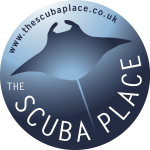 The Scuba Place designs and builds custom scuba diving holidays. With personal knowledge and experience diving in many of our destinations, there is no one better to help build your dream dive holiday. Come Dive with Us!
The Scuba Place designs and builds custom scuba diving holidays. With personal knowledge and experience diving in many of our destinations, there is no one better to help build your dream dive holiday. Come Dive with Us!
Call us at 020 3515 9955 or email at reservations@thescubaplace.co.uk
Find us at https://www.thescubaplace.co.uk
Facebook : https://www.facebook.com/thescubaplace
Instagram : https://www.instagram.com/the.scuba.place/
YouTube : https://www.youtube.com/channel/UCH684OdioYirI-zzdT58Ceg
Blogs
Alonissos: The complete diving destination (Part 1)

In June we were incredibly fortunate to be invited to dive in Alonissos, a small Greek Island in the Sporades island chain located in the North Aegean Sea. While I have long been a big fan of the Greek Islands as a great holiday destination, I had not had the opportunity to do any diving on previous visits and Mike and I were extremely excited to see what Alonissos had to offer both above and below the surface!

The Sporades are easily accessible via the airport in Skiathos (the first island in the chain), which is served by Jet2 flights from all major UK airports from May through October. Numerous ferries and charter boats make island hopping from Skiathos Town a breeze. After an hour boat ride, the picturesque port of Patitiri was a wonderful introduction to Alonissos, where we were met by our gracious hosts Kostas of Albedo Travel and Dias of Alonissos Triton Dive Center. Mike and I were delighted to be staying at the Paradise Hotel, aptly named for its stunning views over the sea and great location for walking to the waterfront.

Alonissos is beautifully situated in the National Marine Park of Alonissos and the Northern Sporades, the largest marine protected area in Europe. The surrounding seas offer fabulous marine life, including incredibly rare species such as the Mediterranean monk seal. They boast deep walls covered in gorgonians and sponges, stunning topography with caverns, swimthroughs and pinnacles, and the first accessible ancient shipwreck from 500BC!

In locations where historical sites have been reported, the waters are largely restricted, but with collaboration between government, underwater archeologists and dive centres, incredible underwater museums are being created for a truly unique diving experience. Alonissos is home to the first of these, the Ancient Shipwreck of Peristera Accessible Underwater Archeological Site. The chance to dive into history (along with reports of healthy reef life and amazing underwater topography) meant Mike and I were keen to get in the water.

Our introduction to the diving around Alonissos was at the Agios Georgios Pinnacles, in the channel between Alonissos and Skopelos. This fantastic site was named “The Chimney,’ and proved to have a huge amount to see. We got to a decent depth here (over 25m), and marvelled at a colourful reef wall with a wonderful swim through whose rocky walls were absolutely covered with life. As well as brilliant topography there was no shortage of macro life here. We saw numerous nudibranchs, five different species in total. The second dive at Mourtias reef nearby was a shallower dive along a nice wall with lots of crevices. Several moray eels and grouper called this site home. We enjoyed looking in the crevices for lobster and smaller benthic life, such as cup corals and tunicates.

Our itinerary allowed us two dives a day with afternoons left to explore the island with our hire car and evenings to enjoy the famous Greek hospitality. This proved to be a lovely mix of in-water and land based diversions.

The next days diving to the Gorgonian Gardens and Triton’s Cave was to be even better! These two stunning sites are nothing short of fabulous. The Gorgonian Gardens was a deep wall near to the Agios Georgios islands. The ever-present currents in this deep channel meant that the sea life was amazing … the namesake Gorgonian sea fans dotted the wall at a depth of 30 to 50 meters, getting ever larger the deeper we went. Above 30m was by no means less beautiful, with sponges, corals, scorpionfish, moray eels and some rare and colourful nudibranchs.

The second shallower dive of the day was to Triton’s Cave or the Cavern of Skopelos, on the east side of that island. The spectacular rock formations had wild striations both above and below the water making a truly epic topography. The cavern entrance was at 14m, and big enough for a buddy pair, winding up to 6m and passing two beautiful windows out into the blue. Emerging from the cavern, the light at the shallower depths and the incredible rock formations made for a fantastic gentle swimming safety stop and we all surfaced by the boat with massive grins.

Check out our next blog :Alonissos: The complete diving destination (Part 2)” to hear about our amazing dive on the 2500 year old Peristera Wreck!
Thanks to:
Alonissos Triton Dive Center https://bestdivingingreece.com/
Albedo Travel https://alonissosholidays.com/activities/
Paradise Hotel https://paradise-hotel.gr/
Alonissos Municipality https://alonissos.gr/en/
Blogs
Mamma Mia! Diving Skopelos (Part 2)

Our second days dive itinerary was to the famous Christoforos wreck! This is arguably the best dive in Skopelos and though only open to divers with deep diving experience, this 83m long wreck is well worth the visit.
The Christoforos sits in 43 meters of water with the deck at 32 to 35 meters. A 30m dive can give an impressive view of the wreck, though such a large wreck needs a few dives to truly do it justice. Given its ideal location just a 2 minute boat ride from the dive centre dock it is an excellent first dive of the day. The sheltered site is also diveable in all but the absolute worst weather so although deep, the water is usually clear with little to no current making it a very pleasant dive. The site is superb for technical diving and a great training site for the Tec 40 and 45 programs, offered by Skopelos Dive Center.

The Christoforos wreck was originally a collier ship built in 1950 at Grangemouth shipyard under the name “Thomas Hardie”. In 1976 she joined the Greek merchant fleet as “Christoforos”. On the 2nd of October 1983 the Christoforos was carrying 2600 tonnes of cement from Volos to Piraeus Port. During the voyage the weather turned, resulting in the ship developing a 7 degree list, whereby she changed course for safe anchorage at Panormos, Skopelos. The ship reached Panormos at 16:00 with a list of 17 degrees and water ingress to No. 1 hull. Though attempts were made to right the vessel, the crew were ordered to abandon ship at 22:00. The captain, lieutenant and the quartermaster remained to try and save the ship, but had to abandon the attempt themselves and the Christoforos finally sank at 05:30 on 3rd October 1983. She now sits upright in 43 meters of water less than 200m from shore in Panormos.

Diving has only been allowed here since 2018, so the wreck is very well preserved and a real treat to dive. Permission to dive here was granted by the authorities after lots of incredibly hard work by the Skopelos Dive Center staff. Having a fantastic wreck in such an amazing location and in excellent condition is a real privilege.

Of all the sites in Skopelos this was the site Mike and I were most keen to experience. Having kitted up and zipped across the bay to the mooring, we left the surface and followed the descent line until the wreck emerged spectacularly from the blue at 15m. She is a big and beautiful wreck, sitting as though calmly continuing her journey along the seabed. With most of her original features still intact there were points of interest everywhere, including the anchors, winches, ships telegraphs, the wheel and RDF antenna.

We found that aquatic life had colonised the ship, with schools of fish, electric blue nudibranchs, a large moray eel and the resident scorpionfish lurking inside the bridge. The Christoforos was truly a stunning wreck and despite maximising our time at depth we eventually had to say our goodbyes and begin the slow and steady return to the surface.

After a superb morning dive we had the afternoon to do a little sightseeing of the island, with a trip to the church of Agios Ioannis Kastri made famous by the blockbuster movie “Mamma Mia!”. Mike and I spent a happy afternoon pootling around in our little hire car before meeting up with Lina from Skopelos Dive Center. An underwater archeologist as well as a dive professional, Lina had offered to show us a rather special attraction, the Christoforos shipwreck Digital Spot public information and awareness centre.

A fantastic initiative made possible from the collaboration of the government and hard work of the staff at Skopelos Dive Center is the “Digital Spot” in Agnontas port. This information center has a number of displays on the history of the Christoforos wreck, the process by which the wreck was allowed to be opened to the public for diving tourism, other sites of historical interest in the area, a video of the wreck and the best bit, a virtual reality dry dive experience! The beauty of the VR system is that non diving members of the family can see what you have seen on the wreck, or you can see areas that you may not have explored during the dive due to time or depth limitations. It was a truly immersive experience and a great addition to the dive itself.

After a wonderful day we celebrated our last evening on the island with an exquisite meal in Skopelos Town with fabulous views over the town and bay, washed down with the excellent local wine. The lamb with lemon and potatoes was a meal which I could happily eat every day for the rest of my life!

Skopelos is an island that truly has it all. The diving is excellent, the landscape is beautiful with plenty of non diving activities, the locals friendly and the food and drink superb. Given how accessible it is as a holiday destination it has avoided becoming overcrowded and even in peak season offers a fun yet relaxing atmosphere. We highly recommend giving Skopelos a visit. We will certainly be back again!
Thanks to:
Municipality of Skopelos (https://skopelos.com/)
Skopelos Dive Center (https://sporadesdiving.gr/)
Ionia Hotel (https://www.ioniahotel.gr/en)
Dolphin of Skopelos (https://dolphinofskopelos.com/)
Ta Kymata restaurant (@takymata)
The Muses restaurant (https://www.facebook.com/TheMussesMousses/)
Aktaiov resturant (https://skopelos.com/listings/aktaion-taverna/)
-

 Blogs2 months ago
Blogs2 months agoDiving With… Nico, Ocean Earth Travels, Indonesia
-

 News1 month ago
News1 month agoMurex Bangka Announce New Oceanfront Cottages & Beachfront Dining
-

 Blogs2 months ago
Blogs2 months agoA new idea in freediving from RAID
-

 Marine Life & Conservation1 month ago
Marine Life & Conservation1 month agoIceland issue millionaire whale hunter a licence to murder 128 vulnerable fin whales
-

 Marine Life & Conservation2 months ago
Marine Life & Conservation2 months agoThe Shark Trust Great Shark Snapshot is back
-

 News3 months ago
News3 months agoCharting New Waters; NovoScuba Goes Global with the Launch of their Revolutionary Dive Training Agency!
-

 Gear News1 month ago
Gear News1 month agoNew Suunto Ocean – a dive computer and GPS sports watch in one for adventures below and above the surface
-

 Marine Life & Conservation Blogs2 months ago
Marine Life & Conservation Blogs2 months agoBook Review: Plankton


